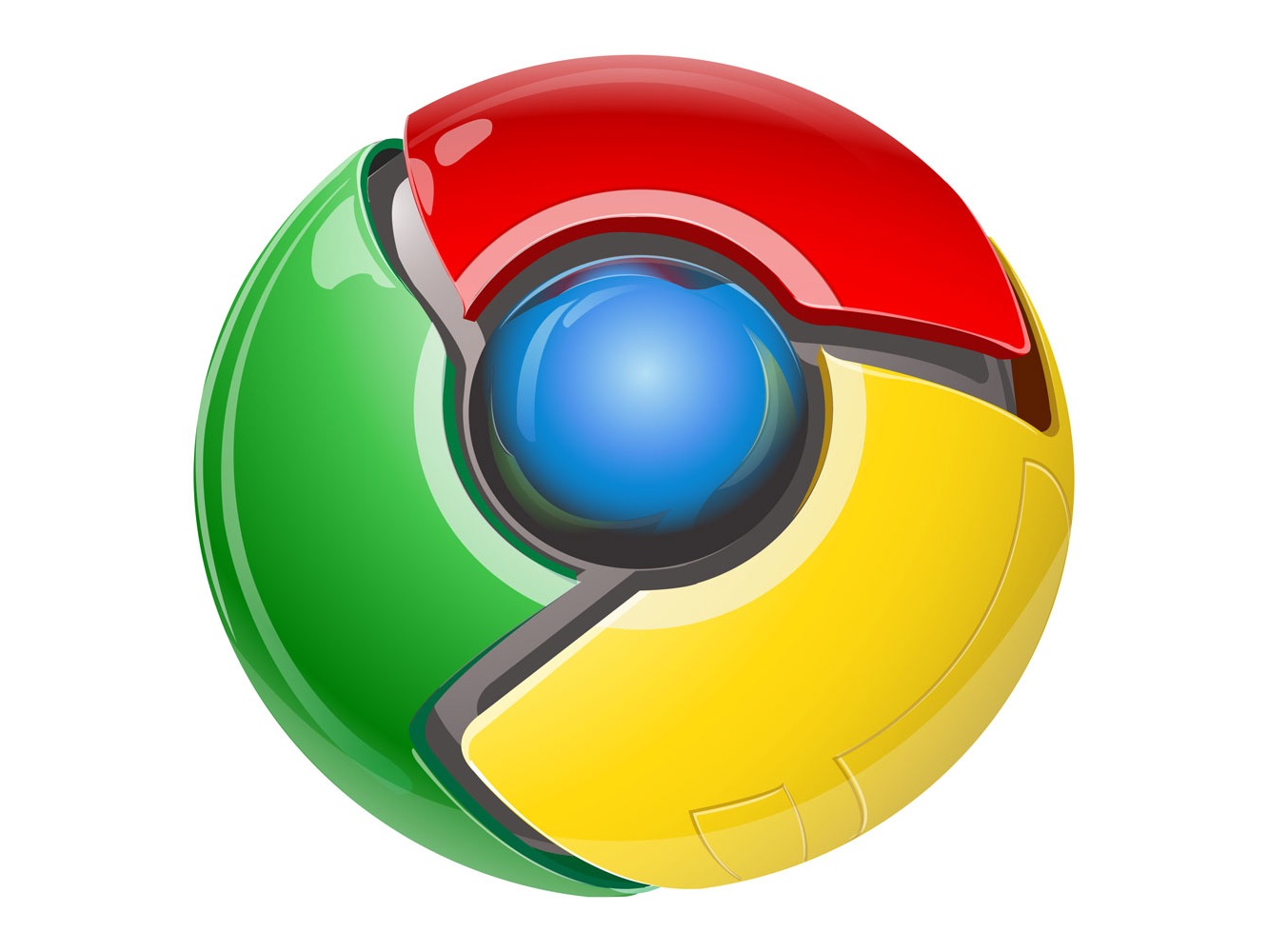How to Use Chrome Remote Desktop on Android
Now you can access your desktop or laptop using a mobile Android device.
The Google Chrome Blog was updated on Wednesday with news of the company's Remote Desktop service extending out to smartphones and tablets. As the name implies, users can now install the Remote Desktop app in the Chrome browser, install the Chrome Remote Desktop app for Android, and then access the desktop from the mobile device.
1. To get this service up and running, first you need to open the Chrome desktop app and enable remote connections; your desktop or laptop should be listed under "My Computers."
2. To provide access to this particular computer, users must create a PIN of at least six digits. This PIN number will be required from the smartphone or tablet.
3. On your Android device's screen, your shared laptop or desktop should be visible. Tap on it, and the app will ask for the PIN number used on the host PC.
4. After that, you should see your desktop on the mobile Android device. Even more, a box stating that "your desktop is currently shared with blah@blah.com" should be positioned at the bottom of the computer's screen. There's also a button to halt the sharing.
That's it; setting up the connection is super easy and super fast.
Once the setup is completed, users can swipe their finger across the smartphone or tablet screen to move the mouse pointer. In this hands-on demo, all three screens were streamed, not just display #1, so maneuvering around on a 4.7-inch smartphone screen took some time, but that's OK. There's seemingly no delay between finger and remote mouse movement. Naturally, remotely accessing the PC was easier on a tablet thanks to the larger screen coverage.
Get Tom's Hardware's best news and in-depth reviews, straight to your inbox.
This service would be ideal for those who ran out of the office without their report, for those who continuously go to Mom's house to fix her PC settings, and so on. Users can also remotely open an application, read documents, and even surf the Internet. What's great is that this Chrome service is absolutely free.
To stop sharing, simply hit the button on the bottom of the screen. Keeping this service on indefinitely isn't recommended; the whole blinking cursor thing seems to indicate that this service could interfere with games and applications that require a lot of the PC's resources. If anything, turn it on only when needed.
Although Chrome Remote Desktop has been around for a while now, adding mobile device support is a welcome addition to the Android family. For more information about this new service, head here.

Kevin Parrish has over a decade of experience as a writer, editor, and product tester. His work focused on computer hardware, networking equipment, smartphones, tablets, gaming consoles, and other internet-connected devices. His work has appeared in Tom's Hardware, Tom's Guide, Maximum PC, Digital Trends, Android Authority, How-To Geek, Lifewire, and others.
-
lethalsam Installed Microsoft's remote desktop client and spent like 6+ hours, still could NOT get it to work from Android.Reply
Installed Google's Chrome remote desktop client and spent like 5 minutes in total, got it to work from Android.
explains where both of these companies are headed. -
alz_solstice I tried this one, and there's something annoying.Reply
You need 1 Google Account to share and view remote desktop, maybe I haven't tried to view other desktop using their Google Account.
Windows XP and Vista have a Shortcut key button when you click the Tab (+) Button while in 7 and 8, you need to open the Website to click the Launch app.
The good thing here is, you don't need to put some IP Address not like the Windows Remote Desktop. You only need a Google Account. Lethalsam is right, Microsoft's remote desktop is hard configure while Google on the other hand is just so easy to configure. Just click the profile you want to view and you can see the desktop. -
Zepid You could always do this, remote desktop has been available on Android since the Motorola Milestone and it has worked more or less flawlessly. Perhaps you mean the first Google made solution? I use Splashtop all the time still.Reply -
Hunt4Epic I use VNC through my VPN and it works great on almost anything to almost anything. This definitely looks more user friendly though.Reply
